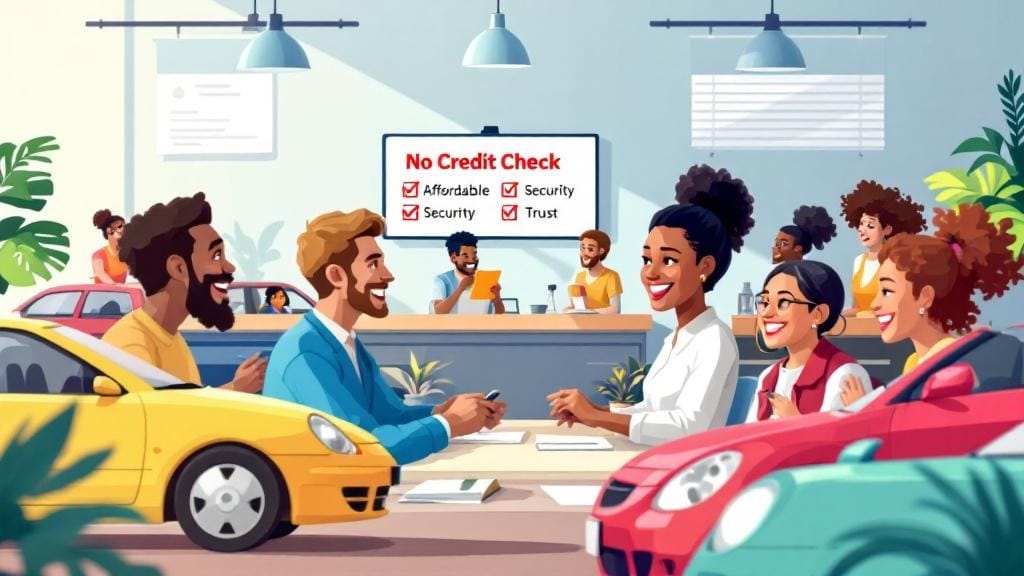Struggling with debt for years can feel like being stuck in a financial quicksand. The interest piles up, the bills keep coming, and the stress doesn’t let up. If that sounds familiar, know this — you’re not alone, and you’re not out of options. This guide offers real, sustainable long term debt help to get you back on your feet and on track for lasting financial peace of mind.
Whether you’re dealing with credit cards, personal loans, or unpaid bills, there are tailored solutions that can reduce your burden, stabilize your income, and even improve your credit score over time. Let’s dive into how to get help, what long-term solutions really work, and how to finally build the financial life you deserve.
🧭 Understanding Long Term Debt Help
Long term debt help refers to sustainable financial strategies and support systems designed to manage and eventually eliminate debt over several years. Unlike short-term fixes or emergency loans, these solutions focus on creating stability, reducing interest, and rebuilding financial health step by step.
Why Do People Need Long-Term Help With Debt?
Some of the most common reasons include:
Job loss or reduced income
Medical emergencies
Divorce or family separation
Overspending and high-interest credit cards
Lack of financial education
These issues can result in long term debt problems that spiral over time, especially when monthly minimums aren’t enough to make a dent.
🛠️ Long Term Debt Solutions That Actually Work
Let’s explore some long term debt solutions that can truly help you get ahead—not just for today, but for years to come.
1. Long Term Debt Consolidation
Debt consolidation combines multiple debts into a single loan with one monthly payment—usually at a lower interest rate.
Benefits:
Easier to manage
Potentially lower interest
Fixed monthly payments
Can improve credit over time
💡 Example: If you have 3 credit cards with interest rates between 24–29%, consolidating them into a single personal loan at 12% can cut years off your repayment schedule.
2. Long Term Loan Repayment Help
For those with federal student loans or personal loans, there are income-based repayment plans or extended repayment terms that reduce monthly pressure.
Types of help:
Income-Driven Repayment Plans (IDRs)
Extended repayment terms (up to 25 years)
Forbearance or deferment options
This option is ideal for borrowers with unstable income or life changes that impact their ability to pay.
3. Professional Long Term Debt Support
Sometimes, going it alone isn’t the best approach. Licensed financial counseling services and debt management programs (DMPs) can offer a structured plan to reduce your debt over time.
What a credit counselor can do:
Help create a debt repayment strategy
Negotiate lower interest with creditors
Set up monthly payment plans
Offer personalized debt settlement advice
💬 Real-Life Story: How Debt Management Saved Maria’s Finances
Maria, a 34-year-old single mother from Pune, was drowning in ₹6 lakh of credit card debt. With minimum payments and a 36% interest rate, she saw no end in sight. After working with a certified credit counselor, she enrolled in a debt management plan.
Here’s what changed:
Interest dropped to 12%
Her ₹17,000 monthly payment fell to ₹9,800
She was debt-free in just under 5 years
Maria’s story is a reminder that with the right long term financial help, it’s possible to escape even the toughest debt cycles.
💡 Sustainable Debt Repayment Strategies
If you want to build your own path out of debt, start here.
A. Budget-Based Approach
List all debts and minimums
Track income and expenses
Use the 50/30/20 rule:
50% needs, 30% wants, 20% debt/savings
B. Snowball vs. Avalanche Method
Snowball: Pay off smallest debts first for quick wins
Avalanche: Tackle high-interest debts first to save more money
C. Monthly Payment Plans
Speak with lenders to arrange structured monthly payment plans that fit your income. These are often available for:
Credit cards
Utility bills
Hospital debts
Personal loans
⚖️ Debt Restructuring Options
Debt restructuring refers to modifying your loan terms to make them more manageable. It’s often used by those who are behind on payments or facing major life changes.
Possible adjustments include:
Interest rate reduction
Extending loan tenure
Waiving penalties
Switching to income-based repayment
📝 Tip: Always get new terms in writing before agreeing to any restructuring plan.
📉 Interest Rate Reduction: A Game-Changer
One of the biggest obstacles in long-term debt is compounding interest. That’s why negotiating a lower rate can dramatically improve your ability to pay off what you owe.
Ways to lower interest:
Call your lender and request a hardship rate
Use balance transfer credit cards (if credit score allows)
Consider secured loans with lower rates
Explore government-supported programs (for student or agriculture loans)
🧰 Tools and Services That Offer Long Term Personal Debt Assistance
Non-Profit Credit Counselors – Free or low-cost guidance and budgeting help
Debt Management Plans (DMPs) – Structured plans for unsecured debt
Debt Consolidation Loans – Bank loans, fintech platforms, or peer-to-peer
Financial Counseling Services – One-on-one planning and long-term support
Debt Settlement Services – Negotiate lump-sum payments to close accounts
🧠 Key Takeaways: How to Tackle Long Term Debt the Smart Way
Face the numbers: Know what you owe and what you earn
Don’t go it alone: Seek professional long term debt support when needed
Be realistic: It takes time, but small steps pay off
Use the right tools: From consolidation to counseling, use what fits you best
Stay consistent: The #1 success factor in any long term plan is consistency
❓FAQs About Long Term Debt Help
1. What is the best debt repayment strategy for long term debt?
It depends on your situation. Most people benefit from the avalanche method (paying off highest interest first), but snowball method offers quick motivation. You can also explore debt management plans for structured help.
2. Can I get help with long term credit card debt if my credit score is low?
Yes! Many credit counseling agencies and consolidation lenders work with people who have poor credit. Focus on monthly payment plans and interest rate reduction as your first steps.
3. What’s the difference between debt consolidation and debt settlement?
Consolidation combines multiple debts into one loan with better terms.
Settlement involves negotiating with creditors to accept less than you owe. It’s riskier and can hurt your credit short-term.
4. Is long term debt relief the same as bankruptcy?
No. Long term debt relief involves strategies to repay debt over time without court involvement. Bankruptcy is a legal process that can wipe out certain debts but has serious credit consequences.
5. Are income-based repayment plans only for student loans?
Mostly, yes. But some private lenders and credit unions offer income-sensitive options for personal loans or long term loan repayment help.
6. How does long term debt affect credit score over time?
If managed well, long term debt management improves your credit by reducing balances and showing responsible payments. Missing payments or overusing credit can lower your score.
7. Where can I find professional long term debt support in India?
Try reaching out to:
SEBI-registered financial advisors
Non-banking financial companies (NBFCs)
Government financial literacy programs (like RBI’s Financial Education)
Online platforms offering certified debt help
✅ Final Thoughts on Long Term Debt Help
Dealing with long-term debt can be exhausting—but you have options, and you have the power to take control. Whether you start with a debt consolidation loan, join a debt management plan, or simply start budgeting with intent, every step counts.
The most important thing? Take action today. The sooner you start, the faster you’ll find the freedom and stability you deserve.








Comments (0)